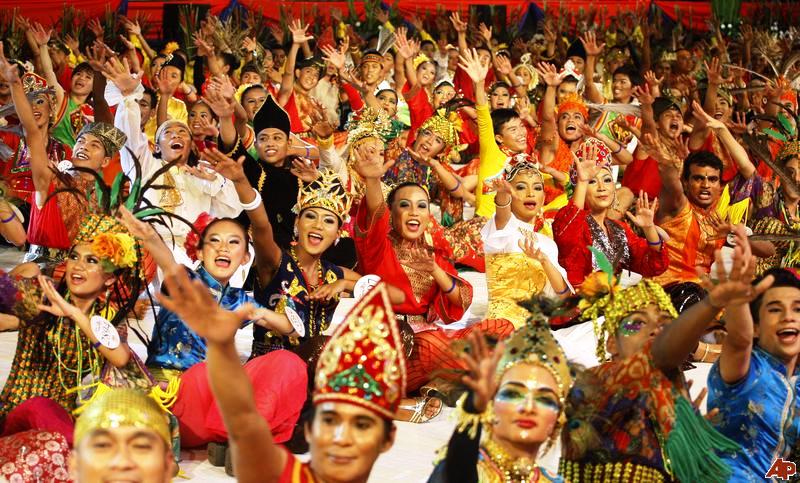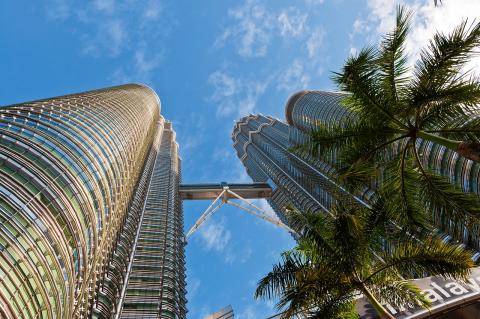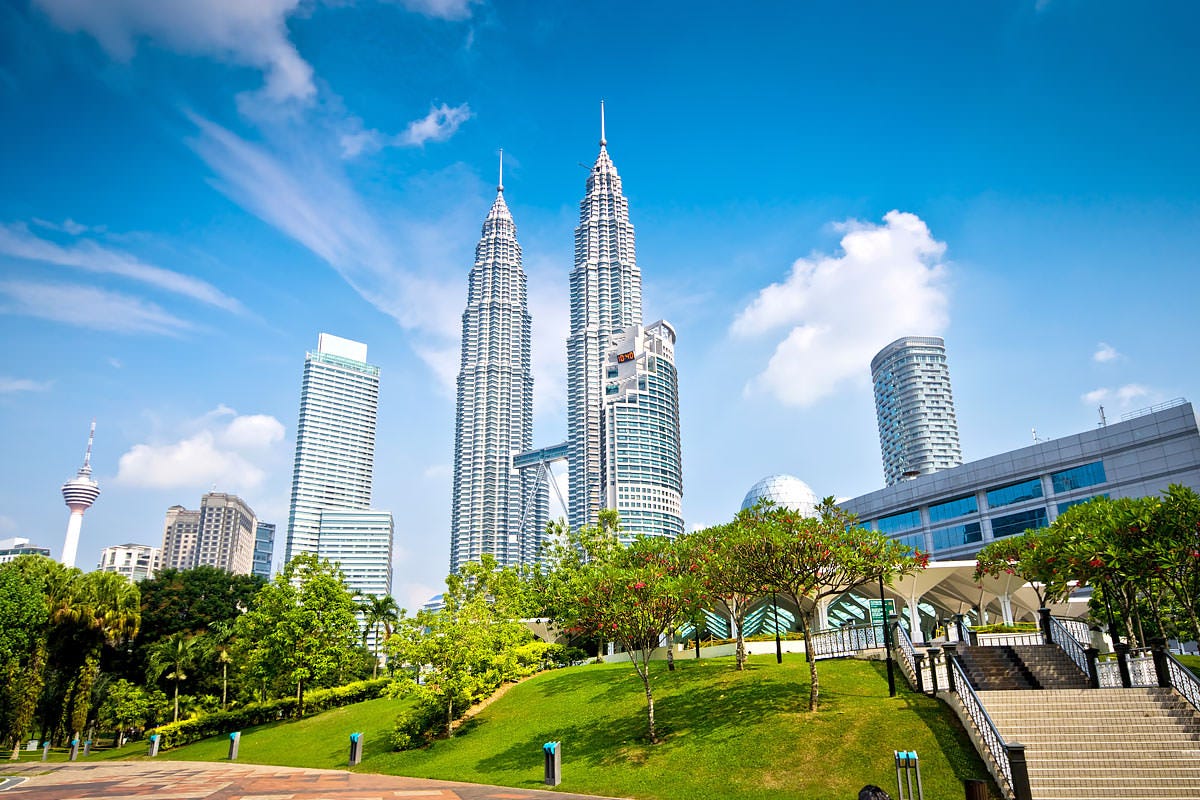Malaysia is a country renowned for its rich cultural tapestry, shaped by its ethnic diversity and linguistic heritage. This Southeast Asian nation is a melting pot of various ethnic groups, each contributing to the vibrant cultural and linguistic landscape. The interplay of these diverse communities forms the essence of Malaysia’s national identity. Let’s explore the ethnic diversity and linguistic heritage that make Malaysia a unique and fascinating country.
Ethnic Diversity
Malay
The Malays form the largest ethnic group in Malaysia, constituting about 50% of the population. As the majority, they play a significant role in the country’s cultural and political life. The Malay culture is characterized by its rich traditions, including traditional dances like the Zapin, Dikir Barat, and cultural practices rooted in Islam, the predominant religion among Malays.
Chinese
The Chinese community is the second largest ethnic group in Malaysia, making up about 23% of the population. The Chinese Malaysians are primarily descendants of immigrants from southern China who came to Malaysia during the 19th and early 20th centuries. They have significantly influenced the country’s economy and culture, particularly in business, cuisine, and festivals such as Chinese New Year and the Mid-Autumn Festival.
Indian
Indians make up about 7% of Malaysia’s population, with most tracing their roots to Tamil Nadu in southern India. The Indian community in Malaysia is predominantly Hindu, and they have enriched the country’s cultural landscape with festivals like Deepavali and Thaipusam, as well as contributions to cuisine, dance, and music.
Indigenous Groups
Malaysia is also home to numerous indigenous groups, collectively known as the Orang Asli in Peninsular Malaysia and the Bumiputera in East Malaysia. The indigenous peoples, including the Iban, Kadazan-Dusun, and Bidayuh in Sabah and Sarawak, have their distinct languages, traditions, and lifestyles. These communities play a vital role in preserving Malaysia’s ecological and cultural diversity.
Other Ethnicities
Besides the major groups, Malaysia hosts a variety of other ethnicities, including Eurasians, Thais, and communities of Arab and Sri Lankan descent. Each of these groups adds to the rich mosaic of Malaysia’s cultural heritage.
Linguistic Heritage
Malay (Bahasa Malaysia)
Malay, or Bahasa Malaysia, is the official language of Malaysia. It is the lingua franca that unites the diverse ethnic groups of the country. The language is used in government, education, and media, and it serves as a symbol of national identity. Malay is written in both the Latin alphabet (Rumi) and the Arabic script (Jawi).
Chinese Dialects
The Chinese community in Malaysia speaks various Chinese dialects, with Mandarin being the most widely used, especially in education. Other commonly spoken dialects include Cantonese, Hokkien, Hakka, and Teochew. These dialects are often spoken within the community and during cultural events and festivals.
Tamil and Other Indian Languages
Tamil is the most widely spoken Indian language in Malaysia, particularly among the Tamil community. Other Indian languages spoken include Telugu, Malayalam, and Punjabi. These languages are used in religious practices, cultural events, and Indian language schools.
Indigenous Languages
Malaysia’s indigenous communities speak a multitude of languages, many of which are unique to specific tribes. In Sabah and Sarawak alone, there are over 50 indigenous languages spoken. These languages are crucial for the transmission of traditional knowledge and cultural heritage.
English
English is widely spoken in Malaysia and is used as a second language. It plays a crucial role in business, higher education, and international communication. The widespread use of English is a legacy of British colonial rule and continues to be important in Malaysia’s global interactions.
Cultural Integration and Harmony
Malaysia’s ethnic and linguistic diversity is celebrated and preserved through various cultural festivals, educational policies, and national holidays. The government’s approach to multiculturalism promotes unity and harmony among the different communities. Festivals like Hari Raya Aidilfitri, Chinese New Year, Deepavali, and Gawai Dayak are celebrated nationwide, reflecting the inclusive spirit of the country.
Conclusion
The ethnic diversity and linguistic heritage of Malaysia are integral to its national identity. The harmonious coexistence of various ethnic groups and the rich tapestry of languages spoken across the country highlight Malaysia’s unique position as a cultural crossroads in Southeast Asia. Understanding and appreciating this diversity is key to grasping the essence of Malaysia’s vibrant and dynamic society.





